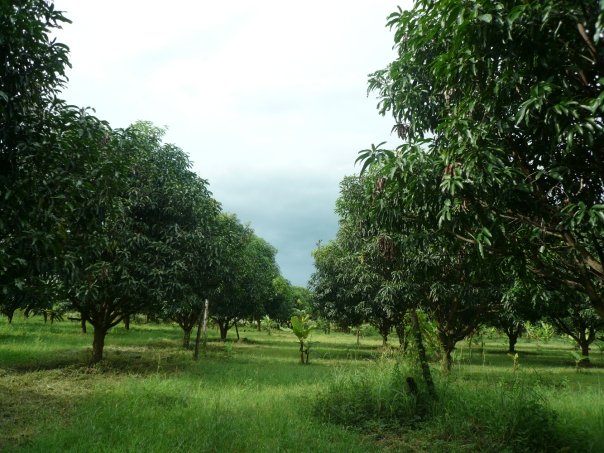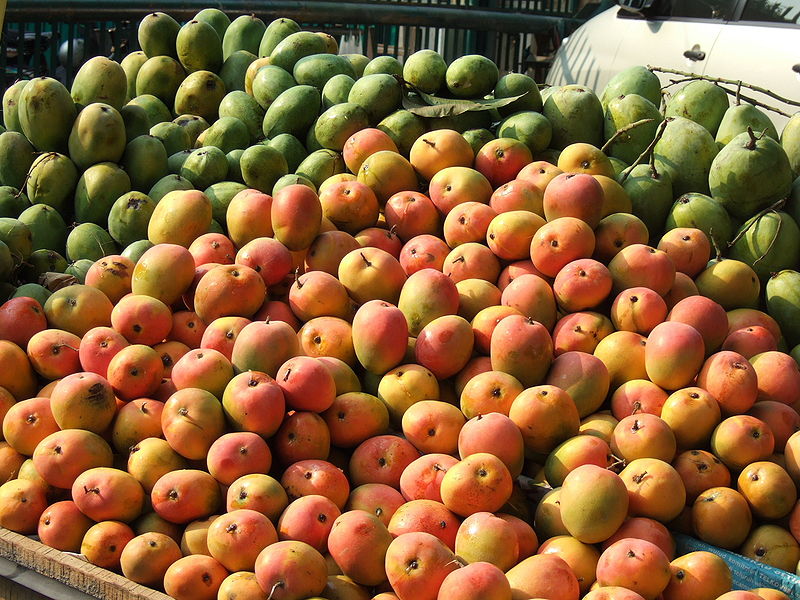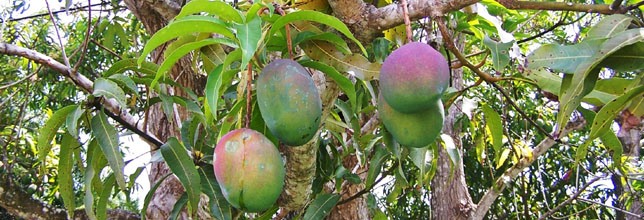
Tasty Mango Recipes
Mangos are commonly eaten all over the world. You can enjoy them fresh, frozen, or as an added ingredient to give a particular dish the unmistakable mango taste. Mangos contain high levels of Vitamin A and Vitamin C and are low in fat and calories, making them an ideal snack! If you love mangos or have never tried them, consider one of the following recipes: you won't regret it!
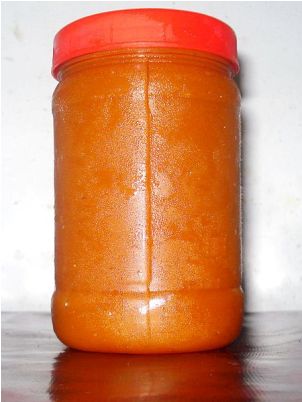
Mango Jam
6 medium mangos
3 cups water
4 cups sugar
1 cinnamon stick
2 cloves
1 teaspoon Vanilla
Peel and cut mango into chunks. Combine mangos, cinnamon, cloves, and water and bring to hard boil. Cook at low heat to medium for 10 minutes. Add sugar and mix well. Continue cooking in medium heat until mixture registers 220 degrees on candy thermometer. Remove from heat and skim off foam. Add vanilla, mixing well. Can and store as usual.
Recipe courtesy of www.cooks.com
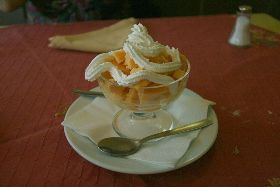 Mango Ice Cream
Mango Ice Cream4 egg whites
4 tablespoons sugar
1 cup mango puree
1 cup heavy cream
Beat egg whites until frothy, then gradually beat in sugar. Mix the mango puree with cream, then fold in egg whites. Churn and freeze by hand or with an ice-cream maker. As a variation, replace the cream with yogurt. Puree with one cup sugar, blend in the cream, and churn and freeze.
Recipe courtesy of www.food.com
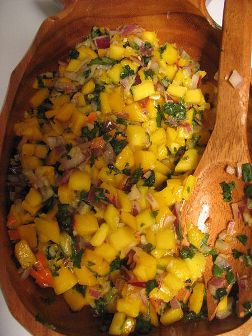
Mango Salsa
2 medium tomatoes
1 mango, peel
2 kiwis, peeled
1 serrano pepper
1 red onion
1 medium avocado
1 bunch cilantro
2 tablespoons lime juice
Dice the first 7 ingredients and combine in a medium bowl. Add the lime juice and serve with tortilla chips.
Medicinal Uses
Beyond use in the kitchen, mangos have been used to treat a variety of diseases and illnesses. The mango is believed to possess antioxidant, antiallergenic, anti-inflammatory, and anti-microbial properties. The antioxidants found in mangos are natural and therefore more heat stable than synthetic antioxidants. These natural chemicals protect the body from dangerous free radicals which may increase risk of cancer, diabetes, and cardiovascular disease.Various parts of the mango tree are used for medicinal purposes. Dried mango flowers, containing tannin, have been used to combat diarrhea, dysentery, and other side effects of gonorrhea. The bark of mango trees is used for a variety of illnesses, including rheumatism and diphtheria in India. Gum from the bark has been used to treat syphilis and scabies as well. The bark, containing mangiferin, has been proven to prohibit colon tumor growth in rats. Therefore, mango bark, specifically stem bark, has great potential for our future. Many Caribbean islands have reported using mango leaves for diarrhea, fever, diabetes, and other illnesses. Overall, the mango plant contains many beneficial chemicals!
Still want to learn more about the mango? Check out my references or return home.
